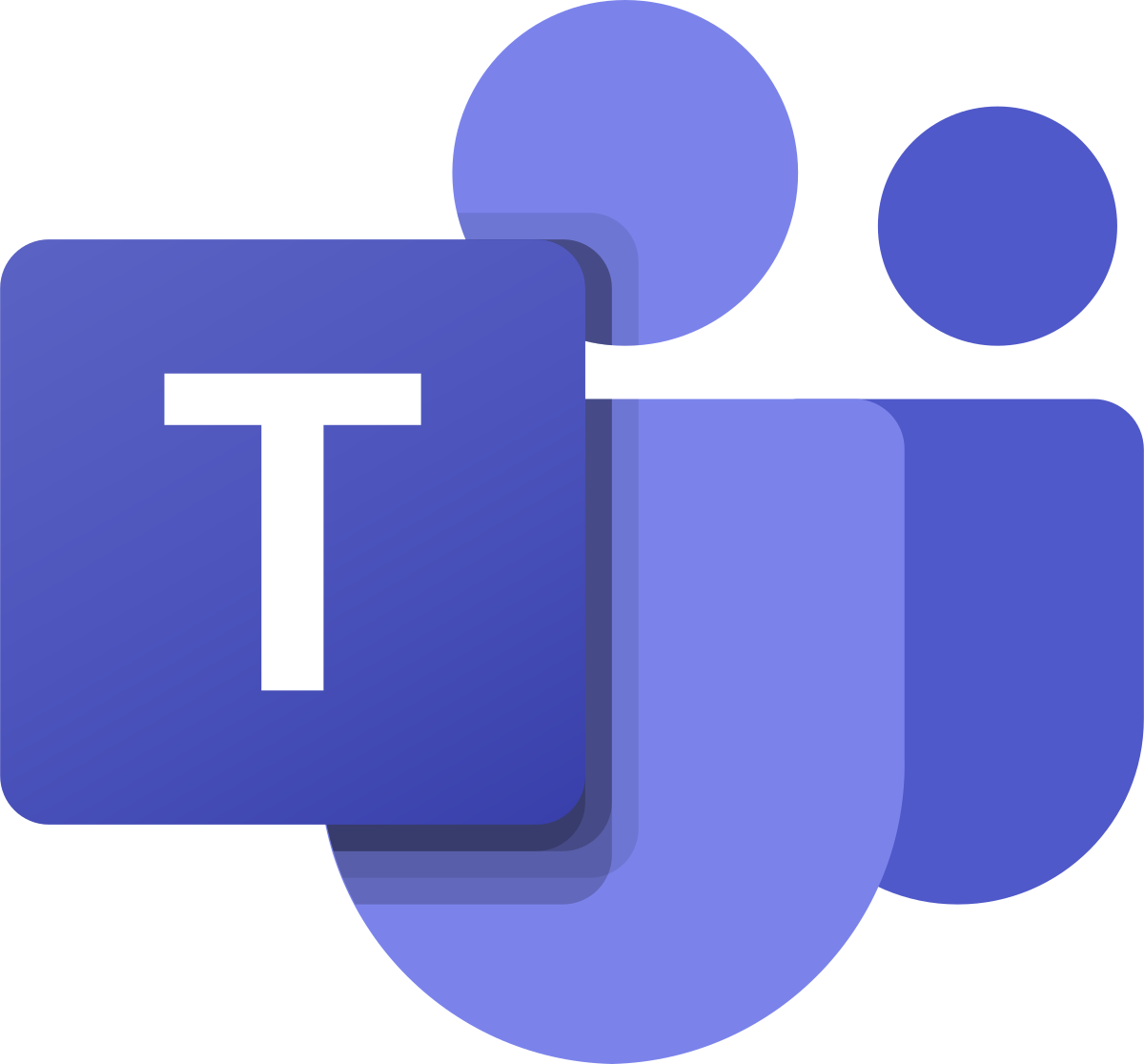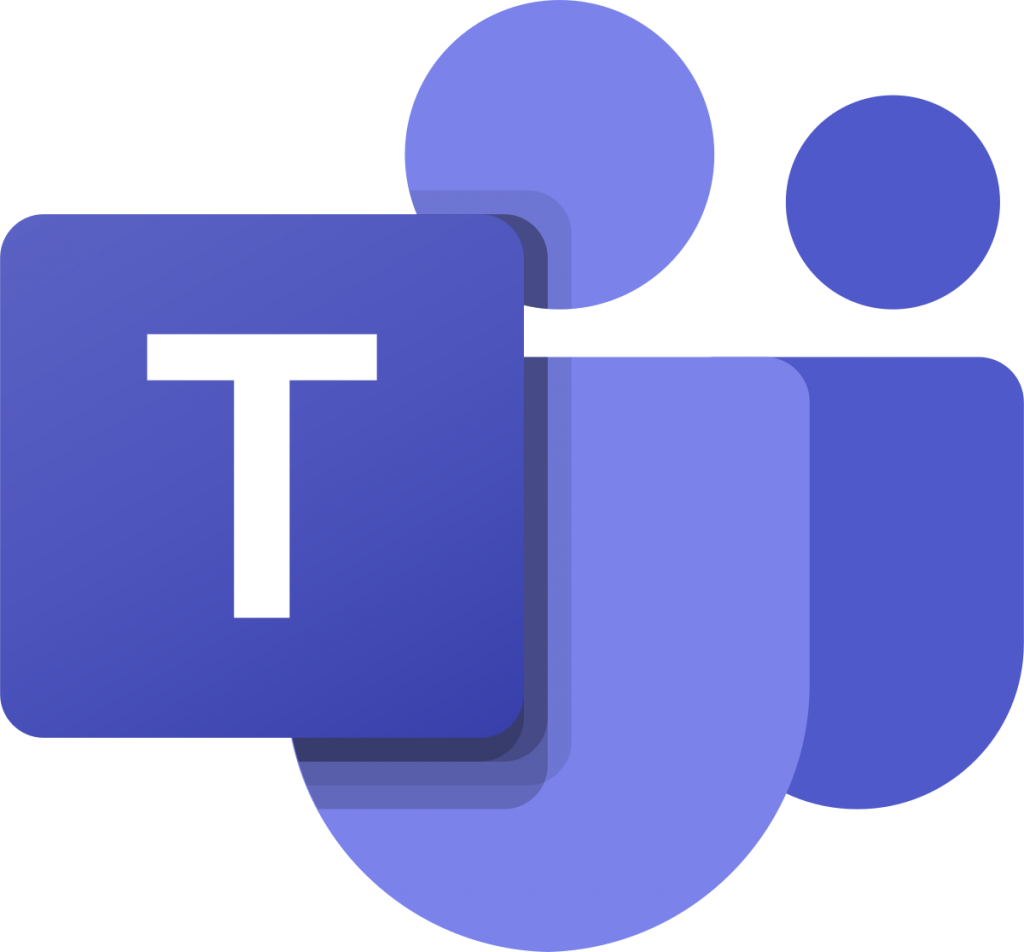
Now, most of the world has been trying to achieve this for the best part of a year and we’re all a little more familiar with being in front of a camera instead of physically stood next to colleagues. This change means employees will no doubt continue to expect flexibility in where and what hours they work, even when there is a gradual return to traditional office life. It’s clear that there will need to be tools to enable a mix of real-time meetings, together with collaboration and messaging tools that let people work in their own time.
This year is likely to see a structural change in the way we work, moving forward from the temporary solutions many of us followed in 2020. However, the right tools are required in order to facilitate it.
The growth of Microsoft Teams
Microsoft Chief Executive, Satya Nadella, believes Microsoft Teams is on its way to becoming a platform as significant as the internet browser. A cloud software programme that can pull together all the tools a worker needs in a single place has certainly found a place in today’s working environment, but why Teams?
Microsoft Teams is more than a communications platform; it allows developers to deliver their own services too. Collaboration tools, video meetings, chat and other business applications are all available in one single user interface.
From 13 million users in the middle of 2019, Microsoft Teams grew to 115 million users by September 2020. Given the usual reluctance to adopt to new technology and systems across businesses, Teams was almost an overnight success.
Microsoft Teams was first developed to compete with Slack, before video took over and became the main driver of Teams.
Enhance your investment
Microsoft Teams has since gone the extra mile, introducing Microsoft Teams Rooms, which can transform your physical meeting room into a video-enabled one. Bringing audio and video to your meeting room can provide a hybrid collaboration space, allowing those in the office and those at home to work seamlessly. Join a meeting from an intuitive console device and see or hear each other as if you were in the same room.
What’s more, Microsoft Teams Rooms systems can work with your existing video displays or cameras certified for Microsoft Teams. This level of interoperability is crucial for the modern workforce, as many within your organisation may have different systems at home.
Video interoperability is made possible by Microsoft CVI, a technology in the Microsoft Cloud. When different systems use various protocols, they can’t talk to each other. CVI makes it possible, and enables video endpoints to participate in a Microsoft Teams meeting. So far there are 4 vendors connected to Microsoft Teams and can offer CVI: Pexip, Poly, Bluejeans and Cisco.
Microsoft Teams Rooms allows you to expand your meetings beyond the desktop, creating a productive and collaborative environment. Share content and communicate easily whatever type of meeting room you’re in, making all the difference when bringing remote teams together.

IntelligentHQ Your New Business Network.
IntelligentHQ is a Business network and an expert source for finance, capital markets and intelligence for thousands of global business professionals, startups, and companies.
We exist at the point of intersection between technology, social media, finance and innovation.
IntelligentHQ leverages innovation and scale of social digital technology, analytics, news and distribution to create an unparalleled, full digital medium and social business network spectrum.
IntelligentHQ is working hard, to become a trusted, and indispensable source of business news and analytics, within financial services and its associated supply chains and ecosystems.












